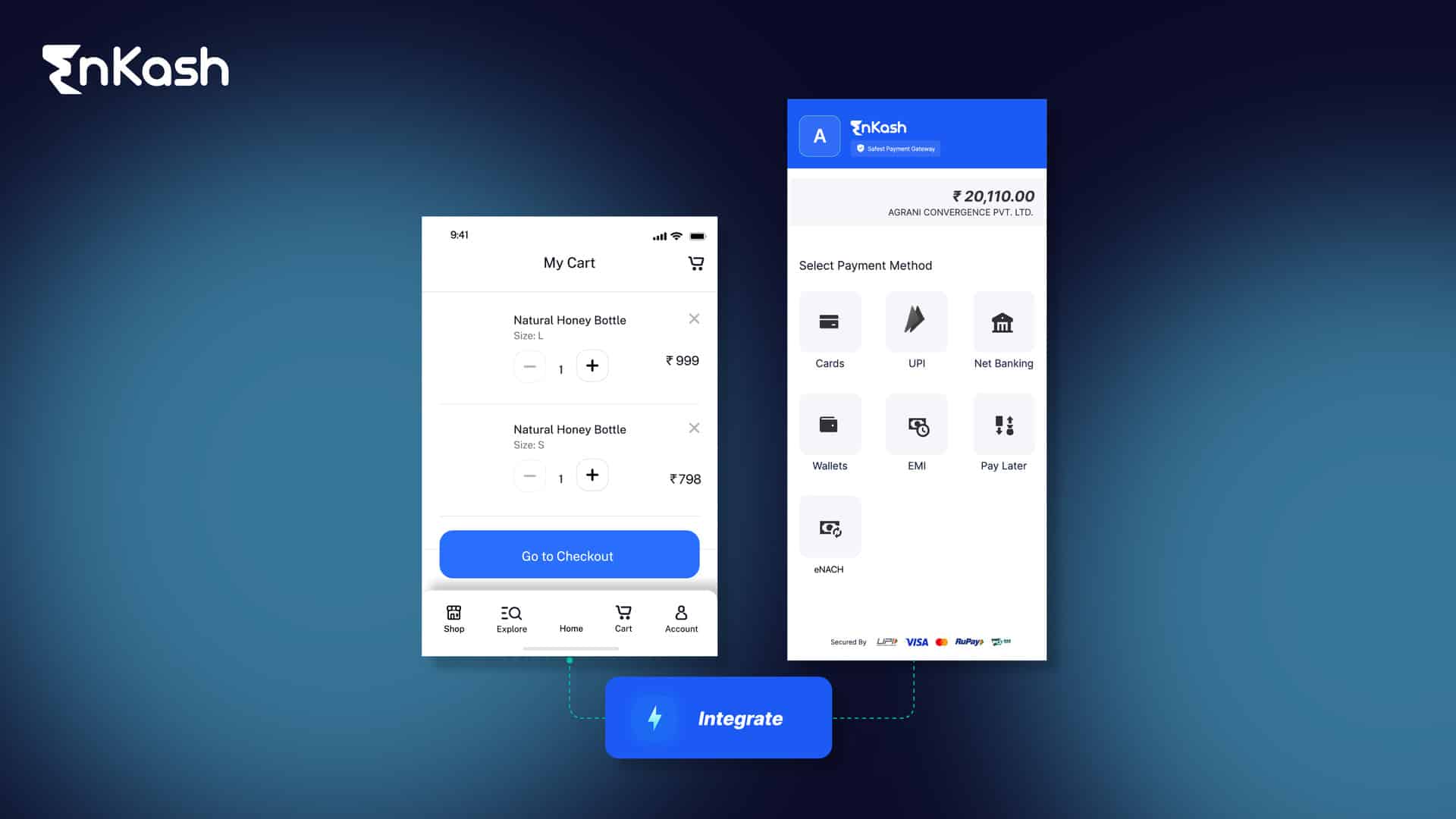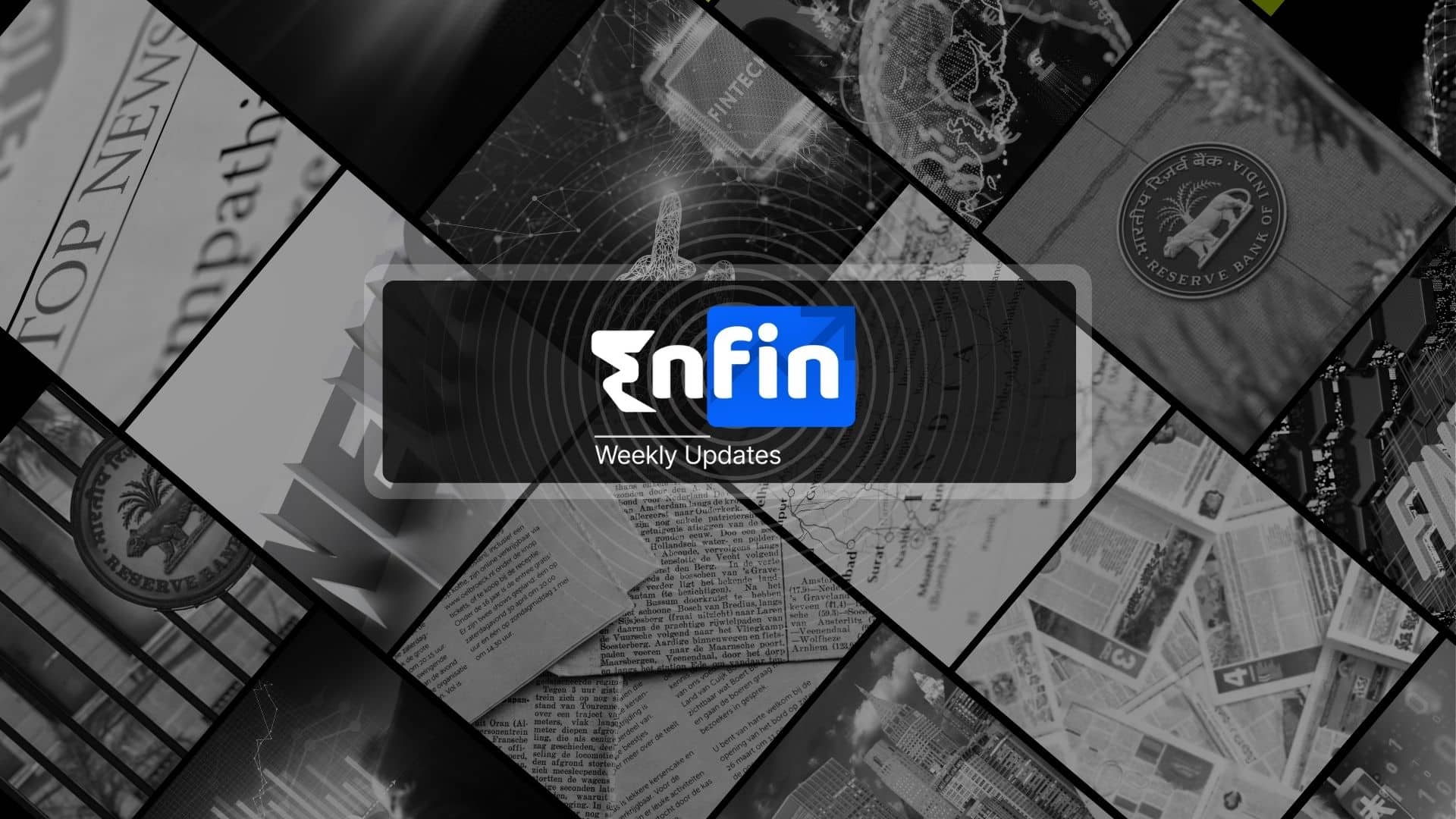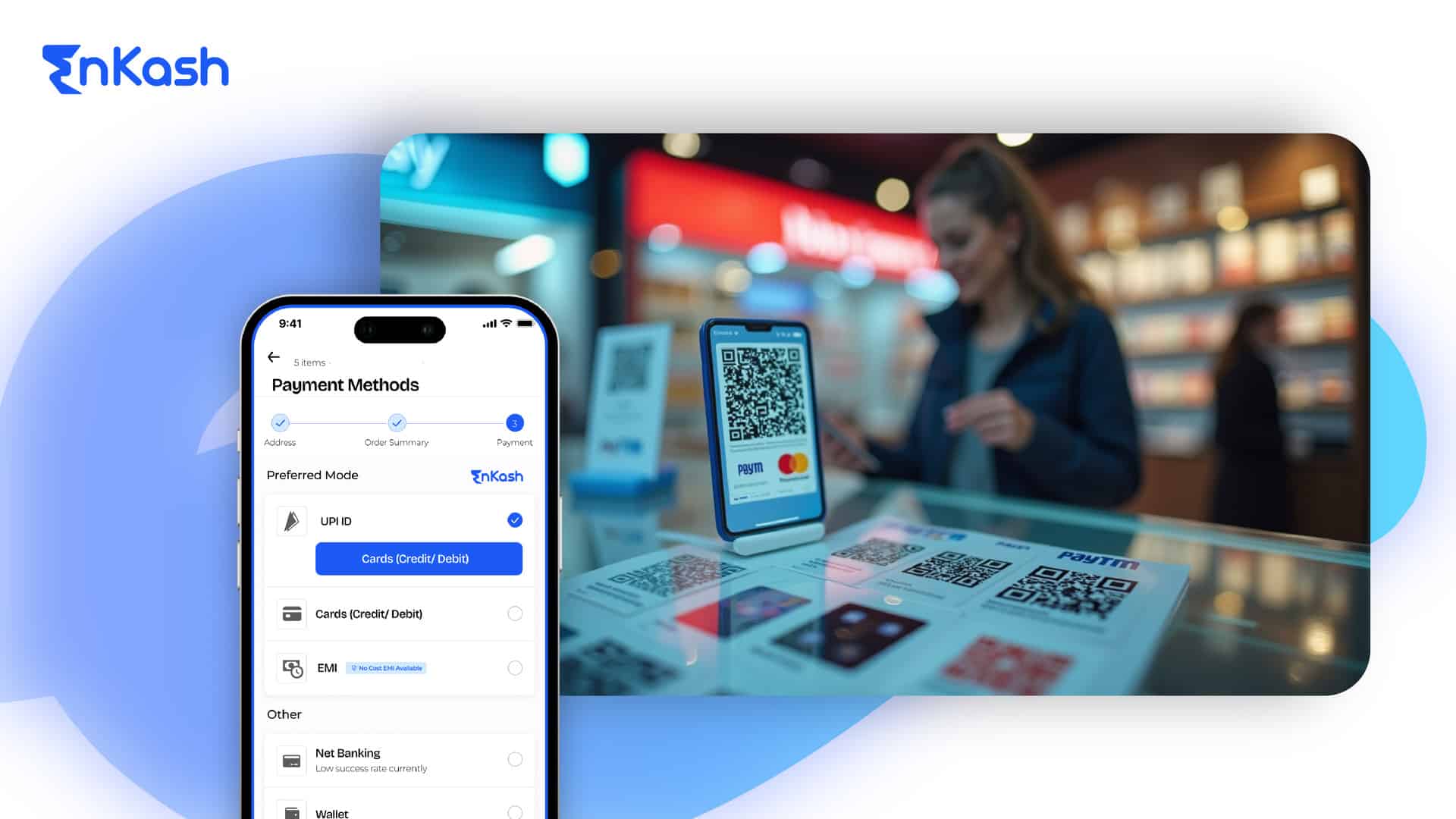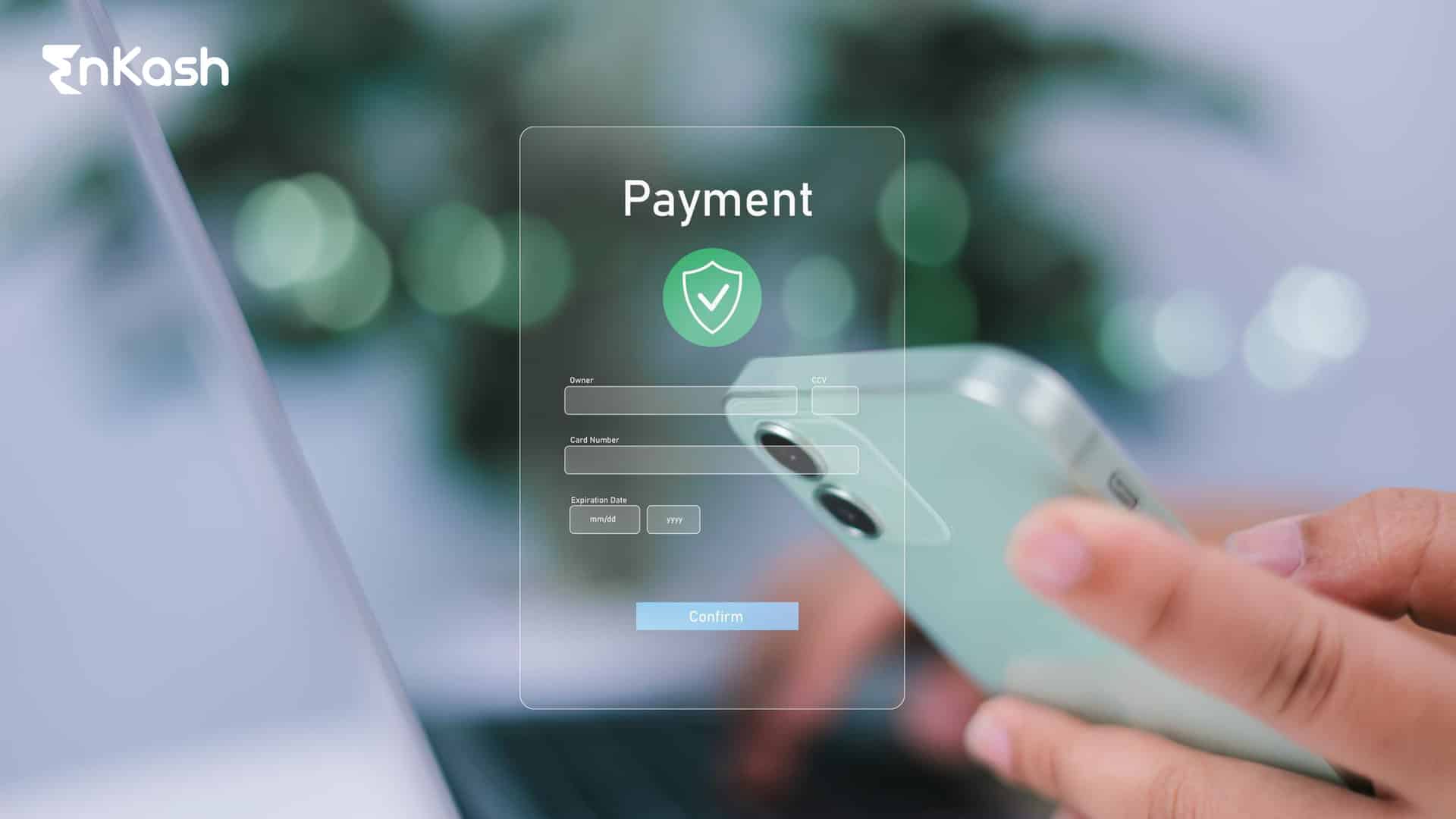Finance today looks different from what it did a few years ago. The shift has been quick, and most of it is because of how fast digital technology is moving. In 2025, the total value of digital payments is expected to hit USD 20.37 trillion. Out of that, USD 12.56 trillion is expected just from mobile point-of-sale payments.
This isn’t surprising. People now use their phones and the internet for nearly every kind of transaction. Because of this, the digital payments market is projected to grow at a 21.80% CAGR from 2025 through 2033.
The financial sector is currently undergoing accelerated digital transformation. By 2024, businesses had already initiated modern financial system updates for approximately 90% of them. Adopting new tools represents only a small part of the digital transformation process. The transformation involves new approaches to company operations management, as well as customer service delivery and growth planning.
Two systems have become especially useful in this space — payment aggregators and payment orchestration platforms.
Payment aggregators help businesses simplify their payment acceptance processes. Companies can manage all payment methods through a single platform rather than installing separate systems for each method. That saves time and effort.
A payment orchestration platform goes further. The system enables businesses to handle multiple payment providers while ensuring each transaction takes the most effective path.
To remain adaptable, businesses need tools to operate effectively in fast-changing markets. Payment handling platforms enhance transaction management, which facilitates corporate expansion.
Payment Aggregator Meaning and Its Role in Digital Commerce
Businesses that sell online need an easy way to accept payments. A payment aggregator helps with this. It lets them take money from different sources without opening many merchant accounts. This includes payments through cards, wallets, and Unified Payments Interface (UPI).
The payment aggregator stands between the customer and the business. It handles the full process. That means it takes care of card transactions, UPI, and wallet payments. The business does not need to deal with each one separately.
If you plan to sell online, it is important to know the payment aggregator’s meaning. These platforms make it easier to accept payments. They bring different methods together into one system. You only need one setup to get started. You do not have to contact many banks or service providers.
In India, Razorpay, Cashfree, and Paytm for Business are widely used. These platforms help businesses go live faster. They take care of the setup, rules, and settlements.
For merchants, the benefits are clear. Payment aggregators save time. They reduce the steps needed to start accepting digital payments. You do not need different contracts or systems. You get quick onboarding and fewer problems.
If you are short on time or working with a small team, this helps a lot. Payment aggregators make it easy to offer more ways to pay without building everything yourself.
Read more: How to make UPI payment
What is Payment Orchestration?
Payment orchestration is the process of managing multiple payment providers, methods, and workflows through a single, unified system. It helps businesses handle the entire payment lifecycle, from checkout to settlement, without being tied to a single provider or technology.
Unlike a payment aggregator that simply enables payment acceptance, payment orchestration is built for control, customization, and optimization. It gives businesses the ability to route transactions intelligently, switch providers when needed, and integrate value-added services such as fraud screening, tax calculation, and real-time analytics.
The core of this setup is known as the payment orchestration layer. This layer acts as a smart infrastructure between your frontend and all the payment processors in use. It handles tasks like routing a transaction through the most cost-effective provider, retrying failed payments automatically, and managing compliance requirements across regions.
This layer can also streamline global payments by supporting multiple currencies, handling different regulatory standards, and maintaining a consistent user experience across markets. With orchestration, businesses no longer depend on a single gateway. They gain the flexibility to test, adapt, and scale their payment systems as their operations grow.
In today’s environment, where payment ecosystems are more fragmented than ever, orchestration brings structure and efficiency. It gives finance teams more control and removes the technical burden of building and maintaining custom integrations. This approach is fast becoming a preferred choice for businesses that operate across markets and want to stay agile.
The Payment Orchestration Layer: Architecture and Key Components
The payment orchestration layer is the operational backbone that connects your checkout experience with a network of payment service providers. It acts as a central hub that controls how payments flow across your system, from authorization to final settlement.
At its core, the orchestration layer is designed to simplify and streamline complex payment operations. It brings together various components that would otherwise require custom development and ongoing maintenance.
Key architectural functions of a payment orchestration layer include:
- Smart transaction routing: Directing payments to the most efficient processor based on success rate, cost, or location.
- Multi-provider integration: Connecting to multiple payment gateways, acquirers, and local payment methods through one interface.
- Retry logic: Re-attempting failed transactions automatically with alternate providers.
- Real-time currency conversion: Supporting cross-border payments with instant rate application.
- Centralized reporting: Offering a unified dashboard for reconciliation, analytics, and settlement tracking.
- Fraud controls: Integrating rule-based or AI-driven systems to flag suspicious activity.
- Compliance tools: Enforcing local and global regulations, including Strong Customer Authentication and data localization.
This layered architecture reduces the reliance on a single payment provider. It also helps finance teams move faster, troubleshoot issues quickly, and expand into new markets without starting from scratch.
By adopting payment orchestration, businesses can build a more flexible and scalable payment infrastructure that adapts to shifting customer behavior, regional preferences, and technology updates.
Read more: Mobile payment solutions
Digital Transformation in Finance: The Catalyst for Payment Orchestration
The rise of digital transformation in finance has changed how businesses handle payments, risk, and compliance. As more transactions shift online, finance teams are no longer just managing ledgers and invoices. They are working with real-time systems, automated workflows, and advanced analytics to support decision-making and growth.
This shift is visible across industries. Banks have rolled out fully digital onboarding. Retailers are adopting mobile transactions and QR-based checkouts. Subscription businesses rely on automated billing. Across all of these, the need for seamless, reliable, and intelligent payment processes is clear.
In this evolving environment, payment orchestration has emerged as a key solution. It enables companies to build more agile systems that can manage high volumes of payments across providers, currencies, and channels.
Real-time fraud detection tools, automated payment retries, and localized checkout experiences are no longer optional. They are now essential parts of how modern businesses build trust and maintain efficiency.
Without orchestration, managing these tools across fragmented systems becomes time-consuming and expensive. With orchestration, finance teams gain a unified layer that keeps operations streamlined, even as customer expectations rise and markets expand.
This is why orchestration is no longer a luxury. It has become a necessary part of modern payment infrastructure.
Read more: The need for payment gateways
Benefits of Payment Orchestration for Modern Businesses
Modern businesses deal with payment systems that are growing more complex each year. As operations expand across borders and customer preferences shift, managing transactions efficiently becomes a major challenge. Payment orchestration provides the structure and flexibility businesses need to stay ahead without increasing operational load.
Here are the key benefits that make orchestration a smart investment:
- Lower Payment Processing Costs
- By using smart routing, transactions can be directed to the most cost-effective providers
- Reduces dependency on a single gateway, allowing businesses to avoid high transaction fees
- Optimizes failed payment retries to reduce loss and increase success rates
- Better Customer Experience
- Supports local payment methods and currencies across regions
- Enables faster, smoother checkout with fewer errors or delays
- Automatically adapts to customer location and device, improving usability
- Easier Global Expansion
- Simplifies integration with over 1,000 payment methods worldwide
- Manages multiple acquirers through one system
- Ensures compliance with local rules, including tax handling, data storage, and authentication
- High Scalability and Control
- Handles large transaction volumes without system breakdowns
- Supports new sales channels with minimal technical changes
- Centralized control over all payments for easier reporting and reconciliation
- Stronger Security and Risk Management
- Adds layers of protection with fraud prevention tools
- Includes identity checks, behavior analysis, and dynamic rule setting
- Helps maintain trust by catching suspicious activity before damage occurs
With payment orchestration, businesses build a strong payment infrastructure that is ready to scale, adapt, and protect. It reduces complexity, increases efficiency, and gives finance teams the control they need to support long-term growth.
Read more: Enhancing collection analytics for accounts receivable
Payment Orchestration vs. Payment Aggregation: A Comparative Analysis
While both payment orchestration and payment aggregation help businesses manage digital payments, they serve different purposes. Each has its place in the broader payment infrastructure, depending on the needs and size of the business.
A payment aggregator acts as an all-in-one service that allows merchants to accept payments quickly without setting up separate merchant accounts with banks or payment processors. It simplifies merchant onboarding, making it easier for small businesses or startups to start accepting payments in a short time. Aggregators handle compliance, settlements, and most of the technical work, reducing the operational load on the merchant.
On the other hand, payment orchestration offers deeper control and is built for businesses that deal with higher volumes or require flexibility across multiple providers. It allows you to route transactions smartly, choose from different processors, and manage global payments through one centralized system. Orchestration platforms are designed to scale, integrate with more systems, and allow businesses to grow without switching infrastructure.
In short, aggregators are best for quick launch and simple use cases. Orchestration works better when a business needs multi-gateway routing, custom logic, or broader control over payments. As payment systems become more complex, orchestration is becoming the go-to model for businesses that want to scale without limits.
Implementation Challenges and Best Practices
Introducing payment orchestration into an existing system is not always straightforward. It brings long-term value, but the path to successful integration can present a few challenges.
Here are some common hurdles businesses face:
- Integration with Legacy Systems
- Older platforms may not support modern payment orchestration layers
- Custom connectors and middleware might be needed, which can extend timelines
- Complex Technical Setup
- Connecting multiple gateways, fraud tools, and compliance modules can be time-consuming
- A lack of internal development resources can slow deployment
- Regulatory and Security Requirements
- Businesses operating across borders must meet country-specific rules
- Ensuring compliance with data protection laws and authentication mandates adds to the workload
- Resistance to Change
- Teams used to a single provider model may be hesitant to shift
- Education and internal alignment become necessary
To overcome these challenges, companies should follow a few proven strategies:
- Start with a phased rollout. Begin with core regions or use cases before expanding the orchestration setup.
- Choose a vendor with proven integrations. Avoid platforms that require extensive custom coding.
- Map out your goals early. Align the payment orchestration approach with your wider payment strategy. Consider speed, flexibility, and cost efficiency.
- Monitor continuously. Keep track of transaction performance, routing success, and provider uptime to fine-tune the orchestration setup over time.
By planning carefully and building with intention, businesses can move past early barriers and build a payment infrastructure that scales with them.
Read more: How to generate QR codes
The Future of Payment Orchestration in Finance
As finance continues to digitize, payment orchestration is moving from being a competitive edge to becoming a core requirement. Businesses are no longer asking if they need orchestration; they are asking how to get the most out of it.
The next chapter of payment infrastructure will focus on intelligence, speed, and adaptability. Orchestration platforms are already integrating real-time analytics, which allows finance teams to adjust routing decisions and risk filters on the fly. As customer expectations rise, these features will become central to delivering fast, secure, and frictionless payment experiences.
Embedded finance is also driving change. Businesses now want payments built into every layer, from checkout to reporting. Orchestration makes this possible without adding complexity.
What lies ahead is a smarter, more connected payment ecosystem. Those who invest early in orchestration will have the flexibility to grow, the tools to protect revenue, and the visibility to lead.













